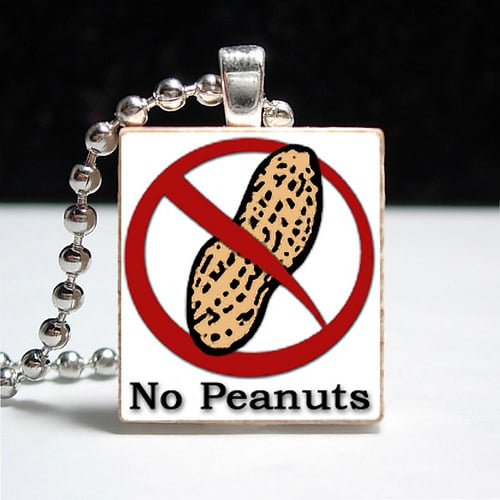Your child is struggling with shrimps? Petrified of peanuts? Sorry you gave him or her shellfish? Maybe he or she has a food allergy. They are not alone. Many children in the US struggle with food allergies. Food allergies are caused by an oversensitive immune system that reacts to certain foods or additives. These substances are generally harmless and in most people do not cause an immune response. The most common allergen foods are peanuts, milk, eggs, soy, wheat, fish, crustacean shellfish, and tree nuts such as walnuts and almonds. These eight foods cause more than 90 percent of all food allergic reactions. A medical diagnosis is required to confirm food allergies. Only a physician can rule out other health problems that often manifest with similar symptoms, such as food intolerance. Food intolerance is an adverse reaction to a food or an additive often consumed in too large quantity for the body to digest, transform or eliminate. Unlike a food allergy, it is sometimes possible to tolerate small amounts of the food since the immune system is not involved. The intensity of the symptoms is often proportional to the amount ingested.
Symptoms of food allergies
An allergic reaction can manifest itself in many different ways:
- Skin: Itchiness, rash, swelling.
- Eyes: itchiness, tearing, swelling, rash
- Nose: runny, sneezing, tingling, congestion
- Stomach-intestines: nausea, vomiting, cramps, diarrhea
- Throat: swelling, tightening, hoarseness, crying
- Lungs: coughing, difficulty breathing, wheezing
- Heart and circulation: palpitations
- Consciousness: fear of dying, dizziness, fainting
Tips to cope with food allergies
Check food labels – Read the ingredients each time you use a product. Learn the key words (synonyms for allergens). Look for the warning sign : May contain
See a dietician A registered dietician (RD) can help you and your child identify foods and ingredients to avoid, and develop an eating plan to ensure your child gets all the nutrients needed to grow and develop properly. For example, if your child is allergic to milk, the RD will recommend other calcium-containing foods and beverages.
Take precautions when eating out Explain your child’s situation and needs clearly to your host or food server—and teach your child to do the same when you’re not with him. Some fast food restaurants provide a list of the ingredients in their menu items, as well as information on whether any of the eight major allergens are present.
Inform and involve the school staff Meet with staff at your child’s school to review and distribute your child’s food allergy action plan. At minimum, involve your child’s primary teacher, the school nurse, and key food service staff. Be ready for emergencies Teach your child the possible symptoms of a serious allergic reaction (anaphylaxis), such as difficulty breathing or swallowing, or tingling in the hands, feet, lips or scalp. If they experience symptoms after eating a food, make sure they know to immediately call 9-1-1 (or an ambulance) and, if prescribed by your allergist, use their medication to treat the reaction. If possible, have your child wear a medical alert bracelet or necklace that identifies the specific allergy.


